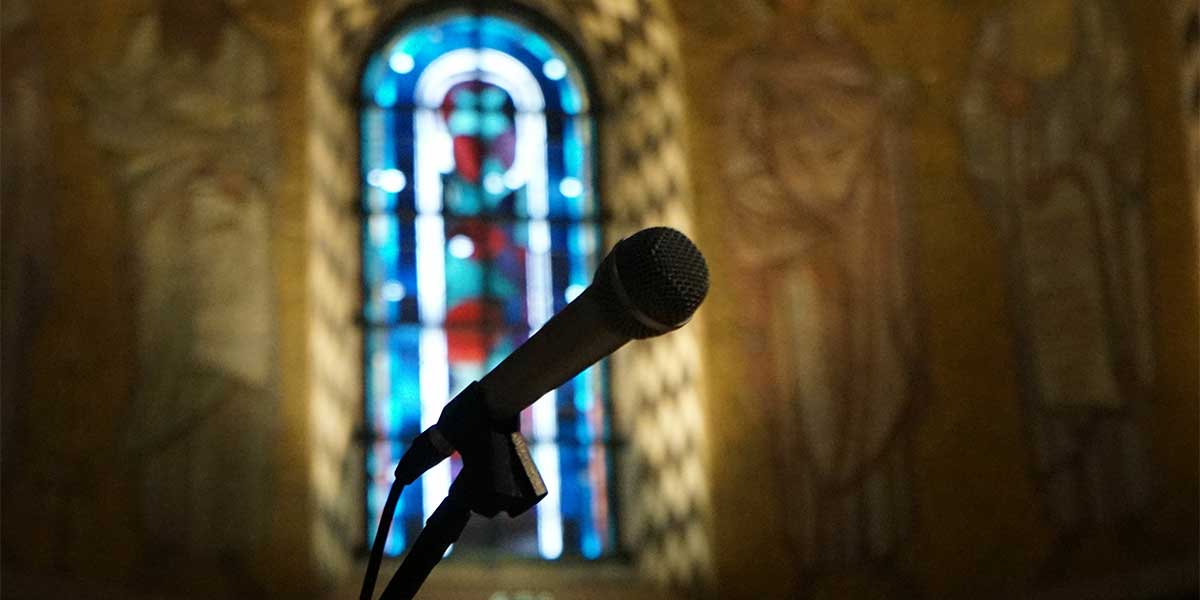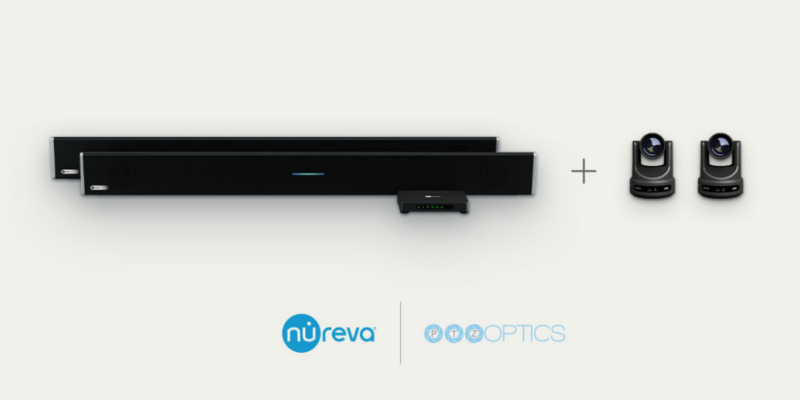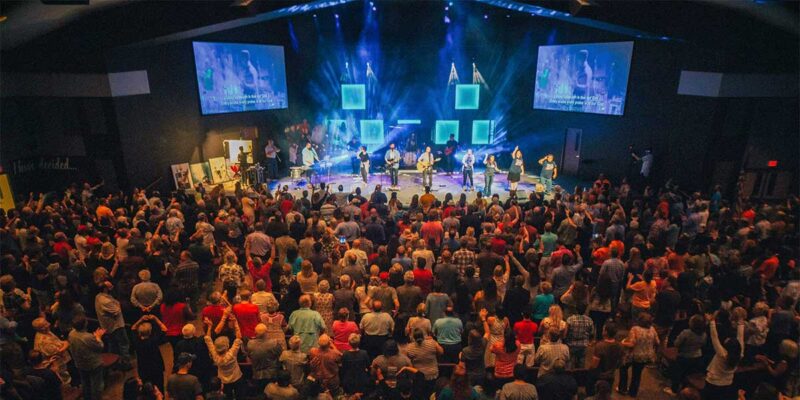COVID-19, Houses of Worship and the Livestreaming Renaissance

In the midst of the COVID-19 pandemic, houses of worship were forced to make some changes as many saw a decrease in physical church attendance but an increase in online viewership. But now, in 2024, what were the lasting impacts? Are in-person worship services being fully replaced by virtual services and livestreams?
According to Paul Richards, chief revenue officer at PTZOptics, the convenience of livestreamed church services helped to grow worship attendance. While houses of worship may have adopted remote services out of mere necessity during the pandemic, it can now be seen as an opportunity to reach a broader audience than would otherwise be possible with only offering in-person worship.
With remote services, the usual obstacles to attendance are virtually eliminated. Matt Smith, group product manager at Resi, said livestreamed services increase churches’ overall engagement and audience by allowing people who either can’t or don’t want to travel to church and people who have moved away from their church to still attend services.
Remote services are also helpful on an as-needed basis, such as for people who want to try out a church for the first time and people who are busy that day. In fact, Carter Music of Integrated Production Solutions advised that churches consider their remote services to be “a stepping stone or temporary replacement for the in-person experience,” rather than the “end game.”
Moreover, churches have generally been able to successfully mitigate the concerns that livestreamed services bring up, such as negative impacts on the fundraising efforts of churches. Rather than being a hindrance to giving, livestreaming introduces convenient online donation options. Richards says houses of worship can fundraise via virtual fundraising events or special donation drives. Additionally, Smith says donations can be facilitated via a digital giving platform embedded in the livestream.
Resi is a company that provides multi-site streaming services for faith-based organizations. It uses parent company Pushpay to provide a donation platform within the livestream.
“Giving can be done in the stream, so we can add links within the livestream where someone watching online can select the link and give through the Pushpay giving platform,” said Smith.
The other potential concern of maintaining the spiritual and emotional connection within the congregation remotely, can also also be managed. Covenant Presbyterian Church in Charlotte, North Carolina, uses the strategy of appointing an online host to engage remote worshippers.
“Someone is designated by our membership and engagement folks that is on the livestream asking questions, chatting with [remote worshipers], trying to make sure that they’re connected,” said Jason Graffis, production and technical director at Covenant Presbyterian.
So while livestreamed services may have been adopted during the pandemic out of necessity, they won’t be going away. In fact, many houses of worship are still looking to invest in their livestream technology, even if it’s small upgrades like software that allows PTZ cameras to track on their own. JCA Media’s Alex Peake pointed to this type of upgrade as something that “[makes] church volunteers’ jobs easier.”
Peake also highlighted other products that houses of worship could consider adopting in order to enhance their livestreaming capabilities: “Cameras with better sensors for low light, consoles with more DSP packed into a smaller form factor at a more budget friendly option and streaming platforms that offer software or web interfaces that allow it to not only stream, but add lower thirds, graphics, discussions with viewers, etc.”
So while livestreamed services may have gained popularity at the height of the pandemic as a safety precaution to stop the spread of disease, they likely won’t be going away anytime soon. Rather than alienating worshippers, remote services seem to bring congregations closer together by allowing people to attend services online even when they wouldn’t be able to physically.




